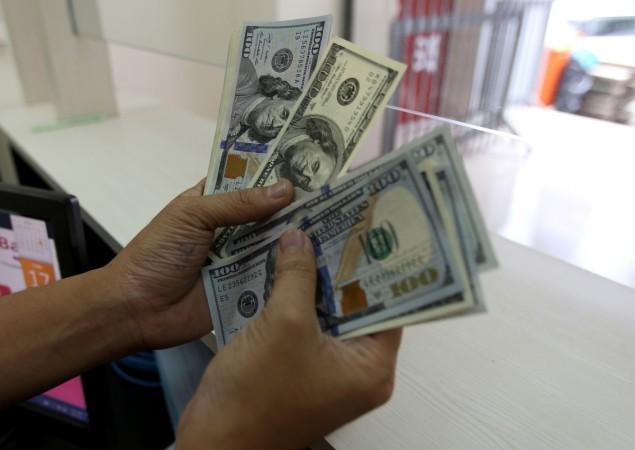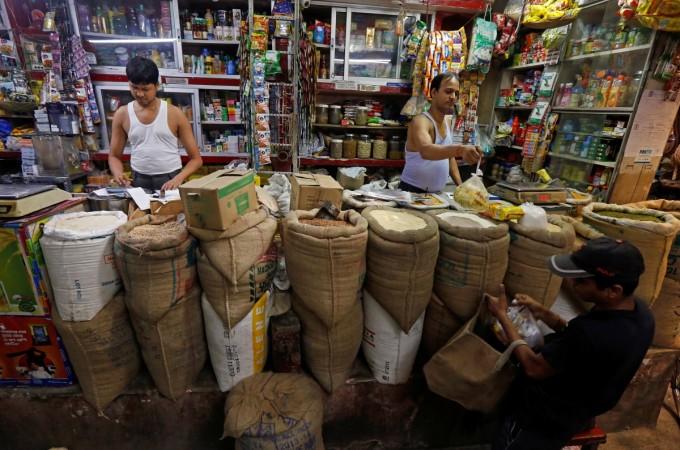
After dropping $547 million to $378.76 billion as of June 2, India's foreign exchange reserves rose $2.40 billion to hit a fresh lifetime high of $381.16 billion a week later.
The spurt was mainly due to an increase of $2.74 billion in foreign currency assets, the largest component of India's foreign exchange reserves, partially offset by $343 million fall in gold reserves, according to the Reserve Bank of India's (RBI) data released on Friday.
Here are some of the countries with high foreign exchange reserves (according to tradingeconomics.com):
| Country | Reserves (in million dollars) |
| China | 3053567 |
| Hong Kong | 402700 |
| Japan | 1251868 |
| Israel | 107367 |
| South Korea | 378456 |
| US | 120026 |
| Brazil | 374945 |
| India | 381170 |
Bank deposits and credit witnessed a fall for the fortnight ended May 26, 2017. Deposits fell 0.8 percent mainly due to a drop in fixed deposits while loans decreased by 0.3 percent.
The BSE Sensex closed 49 points higher on Friday (June 9) at 31,262, led by Maruti Suzuki, Tata Steel and Tata Motors.
Foreign portfolio investors (FPIs) were net sellers of Indian equities worth Rs 100 crore on Friday while their domestic counterparts were net buyers to the tune of Rs 324 crore, according to provisional data released by the National Stock Exchange (NSE).
After hitting a low of 2.99 percent for April, retail inflation is likely to fall further for May, while factory output for April is expected to have slowed down.
"May 2017 Consumer Price Index or CPI inflation is likely to come in at 2.3 percent, lower than the 3 percent reading for the previous month," Teresa John, economist at brokerage Nirmal Bang Institutional Equities said in a note on Friday.
"The decline in CPI inflation can be attributed to the fall in food inflation, particularly continuous disinflation in pulses, and soft vegetable prices combined with the base effect," she added.


















